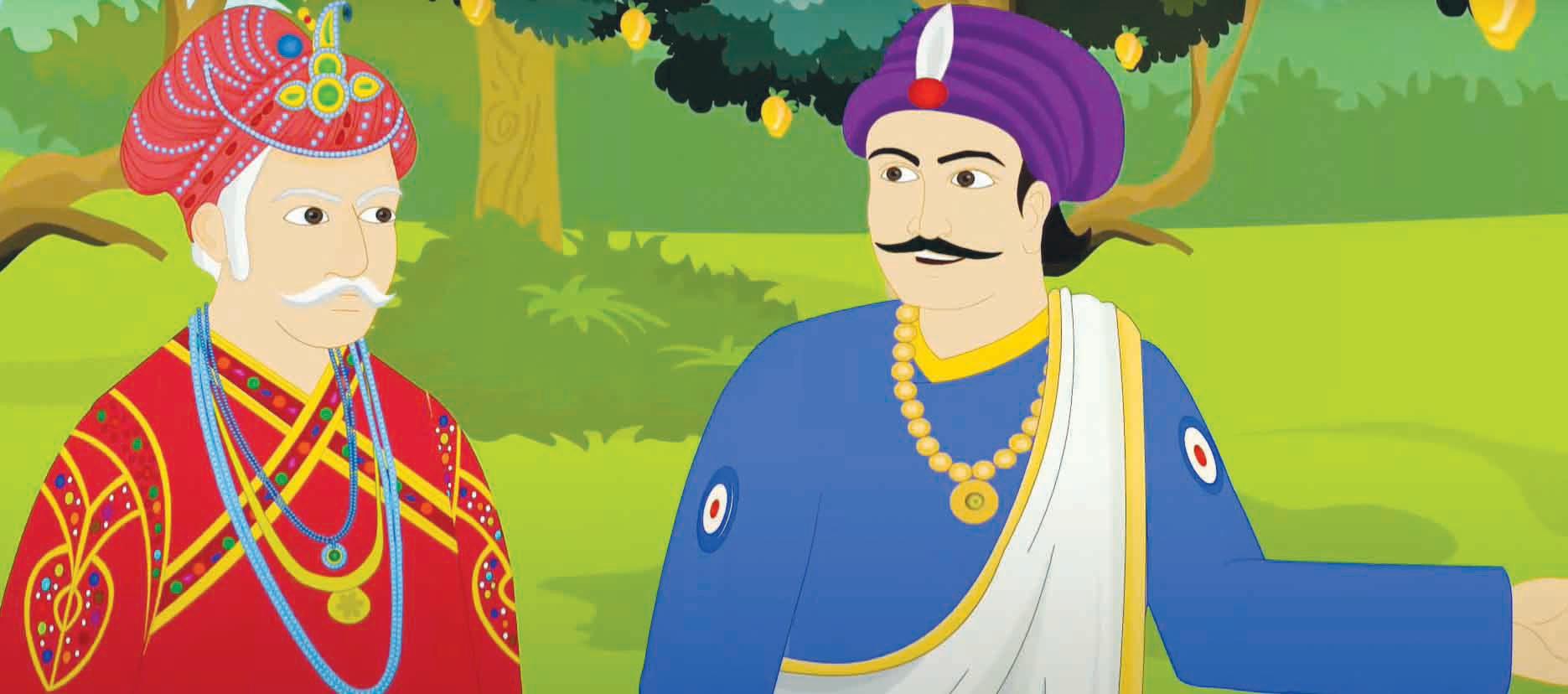
3 minute read
Fort Kochi
Fort Kochi, Fort Cochin in English, Cochim de Baixo (“Lower Kochi”) in Cochin Portuguese creole, is a neighbourhood of Cochin (Kochi) city in Kerala, India. Fort Kochi takes its name from the Fort Manuel of Cochin, the first European fort on Indian soil, controlled by the Portuguese East Indies.
This is part of a handful of waterbound islands and islets toward the south-west of the mainland Kochi, and collectively known as Old Cochin or West Cochin.
Adjacent to this is the locality of Mattancherry. In 1967, these three municipalities along with a few adjoining areas, were amalgamated to form the Kochi Municipal Corporation.
In the BC period, the region that is today known as Kerala was covered by mangrove woods. Turf and sand banks were created with the rise in sea-level which formed the shape of the coastal area as we see it today.
The name Cochin implies “cochin”, meaning “like-China”. It looked like China when the Chinese came to the region during the 14th century and installed Chinese nets. Mattancherry is the nerve town of old historic Cochin.
In old Malayalam it is Maadancheri, from cheri meaning town. Maad or cow was the stamp of Old Royal Fort of Rajah of Cochin, who built his palace after the fall of Kodungallur or Muziris port due to a gigantic tsunami in 1341 AD.The Perumpadappu Swaroopam or the Fort of Rajah had its palace on the banks of the Calvathy River.
Owing to frequent wars between King Zamorin of Kozhikode and the western colonial forces, the Rajah left the place for Tripunithura. The king had his vaishnav leanings and the cow or maadu was his symbol.
The port at Kozhikode held superior economic and political position in medieval Kerala coast, while Kannur, Kollam, and Kochi, were commercially important secondary ports, where the traders from various parts of the world would gather. Fort Kochi was a fishing village in the Kingdom of Kochi in the pre-colonial Kerala. The Portuguese arrived at Kappad Kozhikode in 1498 during the Age of Discovery, thus opening a direct sea route from Europe to India.
The territory that would be later known as Fort Kochi was granted to the Portuguese in 1503 by the Rajah of Kochi, after the forces of Afonso de Albuquerque helped him fighting the forces of Saamoothiri of Kozhikode. The Rajah also gave them permission to build Fort Emmanuel near the waterfront to protect their commercial interests.
The first part of the name Fort Kochi comes from this fort, which the Dutch later destroyed.
The Portuguese built their settlement behind the fort, including a wooden church, which was rebuilt in 1516 as a permanent structure, today known as the St Francis Church.
Fort Kochi remained in Portuguese possession for 160 years.
In 1683 the Dutch captured the territory from the Portuguese, destroyed many Portuguese institutions, particularly Catholic including convents.
The Dutch held Fort Kochi in their possession for 112 years until 1795, when the British took control by defeating the Dutch. Foreign con- trol of Fort Kochi ended in 1947 with the Indian independence.
A mix of old houses built by the Portuguese, Dutch and British in these colonial periods line the streets of Fort Kochi. St Francis Church was built in 1503 by the Portuguese as a Catholic church.
Vasco da Gama was once buried in this church which now falls under the Church of South India and is one of the national monuments.
Catholic Diocese of Cochin was erected under Portuguese Padroado in 1558 with its headquarters in Fort Kochi.
Santa Cruz Basilica, also built by the Portuguese in the 16th century, was later destroyed by the British and rebuilt near the end of 19th century.
From this period there are other residential buildings and hotels such as the Old Harbour House, some of which have been renovated in more recent times.
The landmark that causes more public and visitor interest is a series of precolonial Chinese fishing nets on the waterfront, believed to have been introduced by Chinese traders in the early 14th century.
Birbal’s Guru
that of a Brahmin and made him sit on the pedestal of a big temple and directed him to remain silent under all circumstances.
When Birbal brought Akbar to meet the monk, Akbar decided to test the monk and lure him with gold.
But following Birbal’s directions, the monk paid no heed to Akbar’s repeated offers and continued to meditate.
When Akbar’s guru paid him a visit from Mecca for a few days, it starts to intrigue Akbar to find out the details of Birbal’s guru who has tutored such a wise person.
So when he questioned Birbal about his master’s whereabouts, Birbal informed him that his guru always remained silent and never goes out. Akbar insisted Birbal to introduce him to his guru.
On the way back, Birbal saw a humble woodcutter and pleased by him, Birbal converted his attire to
Angrily Akbar left the monk alone thinking him to be a fool. Among the many Akbar Birbal stories for kids, this one happens to be their favorite.











